Stage Two: When the weather wasn’t looking good in France, we decided to head south from visiting Andorra to Zaragoza and Logroño in Spain. Zaragoza is really a lovely city, easy to walk and get around, and plenty to see. The city is famous for its folklore, local gastronomy, and landmarks such as the Basílica del Pilar, La Seo Cathedral and the Aljafería Palace. Together with La Seo and the Aljafería, several other buildings form part of the Mudéjar Architecture of Aragon which is a UNESCO World Heritage Site.
Zaragoza is a pleasant town, with a very rich history. The name Zaragoza comes originally from the name of the original Roman town, “Caesaraugusta”, which over the years became Zaragoza. What is the historical area of the town was originally the Roman town. There are ruins that remain from those days, and especially well presented is the amphitheater in the heart of the city. The Basilica of Pilar and the plaza in front of it is very impressive, as are many other churches throughout the town.
And the architecture is very interesting, with numerous examples of how the styles have changed over it rich history. The Aljafería Palace is a must to take in. We went on a Sunday and the entrance was free. The restoration work, led primarily by one man’s dedication for more than 30 years, is simply amazing.
It was built during the second half of the 11th century and was the residence of the Banu Hud dynasty. The palace reflects the splendor attained by the kingdom of the taifa of Zaragoza at the height of its grandeur. It especially important and remarkable as it is the only conserved testimony of a large building of Spanish Islamic architecture of the era of the Taifas (independent kingdoms). There are also roman ruins throughout the downtown area, as this was once a very large roman community.
You can see well-preserved ruins of an amphitheater in the heart of the city, on Calle Veronica.
In the evening the town comes alive as the Spanish come out to drink and eat and the many small narrow streets lined with taverns and tapas bars. It is a night of bar hopping, tasting different wines and the speciality tapas at each bar. Our hotel, Catalonia El Pilar, was quite nice. An older historic building that is in the downtown area, but not in one of the more active areas that can get quite noisy. It sits on a square overlooking on of Logrono’s older churches. We got a little tired of Spanish food (well, we needed a break as we knew we’d really be eating a lot of tapas in Logroño), so we tried Italian at Il Principale on Alcalde Cardera (near the Roman amphitheater). They allow you to choose the pasta noodle you want and then the sauce you want to go with it – and for a great price with great ambiance. Very reasonably priced wine list as well
We next headed west to the capital of rioja wines, Logroño. Much smaller than Zaragoza, Logroño sits in the heart of the rioja wine region surrounded by vineyards. The best opportunity to taste and select rioja wines is by visiting the many tapas bars throughout the older part of the town. Logrono doesn’t have a lot to see, it is more of a base for taking wine tours of the many wineries in the area, and participating in the bar hopping. Many of them are situated on a two-block stretch of Calle Laurel, making it very easier to taste wines, and eat at the same time. The whole street is basically just small bars with mostly standing room only (so people often stand out in the narrow street instead), each with their tapas specialities and their unique list of wines available by the glass. You can literally try out more than a hundred types of riojas just on this one street. One restaurant alone had 35 wines by the glass.
We shared wines and made notes on our phone as to which one’s we liked best. The next day we went back to Calle Laurel and purchased the wines that were at the top of our list at the Vino El Peso wine store, buying some Crianzas. We purchased some Vivanco and Luis Cañas, two of our favorites from the wine tasting the night before. We stayed a Marques de Vallejo which was unassuming, but nice beds and friendly staff. But the location is the best, right in the heart of the old town area and just a block from Calle Laurel. I don’t think you can get a better location for your stay in Logroños. It is in a small alley, and there are four parking spots just around the corner from the hotel entrance. If you are lucky, one may be available.
Next we headed northwest to Haro to take in a tour of La Rioja Alta winery. Beautiful place and an excellent tour, the tour guide really knew her wines and her business. Finished off with tastings of a couple of their reserve wines, and bought one of each and one of their crianzas. We then drove to Hondarribia just above San Sebastian and right on the border of Spain and France. We stayed at Hotel Obispo, a 17 room 15th century chateau/palace. Very nicely renovated, great rock and woodwork. Very small town, more of a passing through place on our way to Bordeaux. (Click on any photo below to see a slideshow)


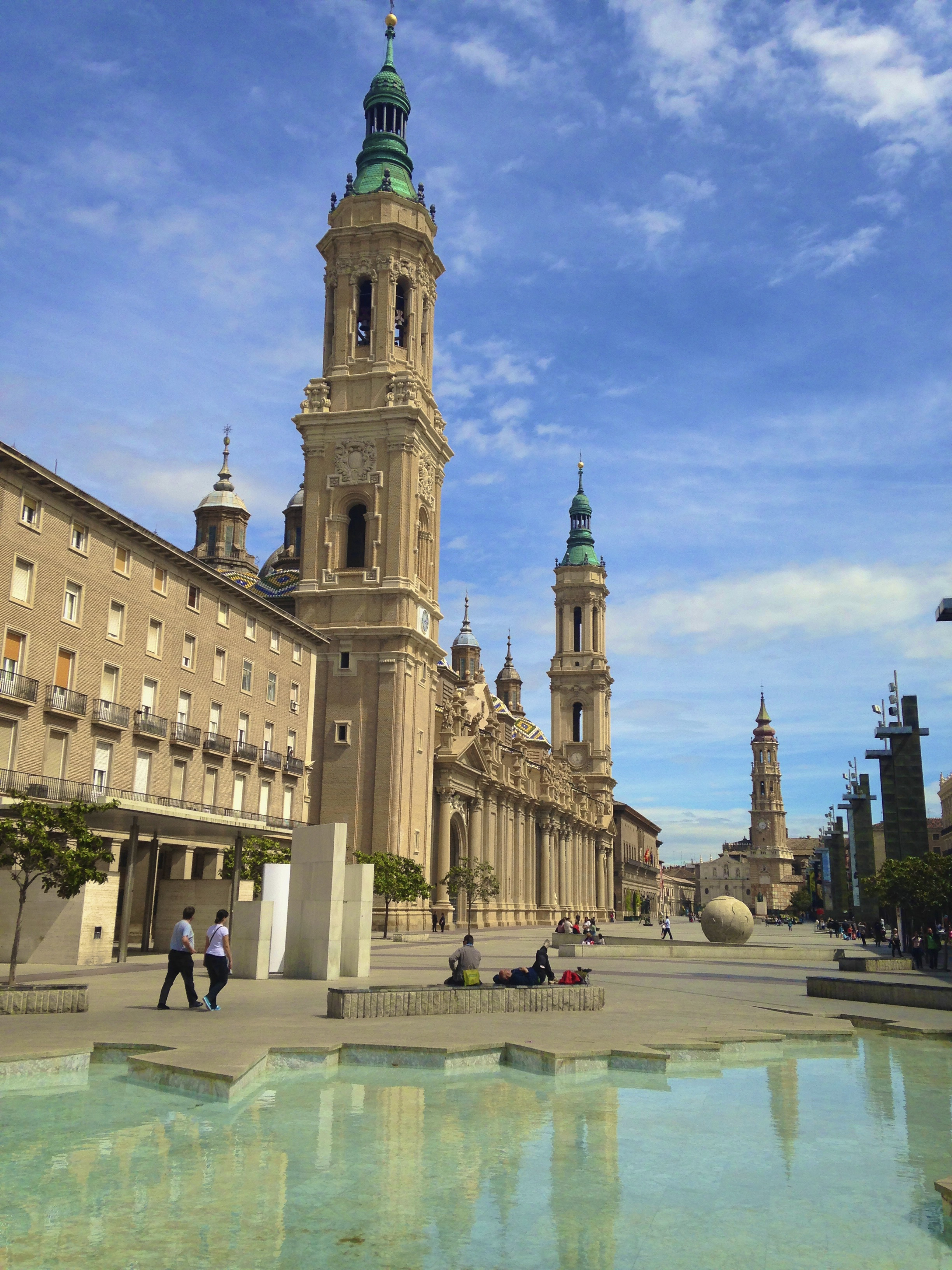
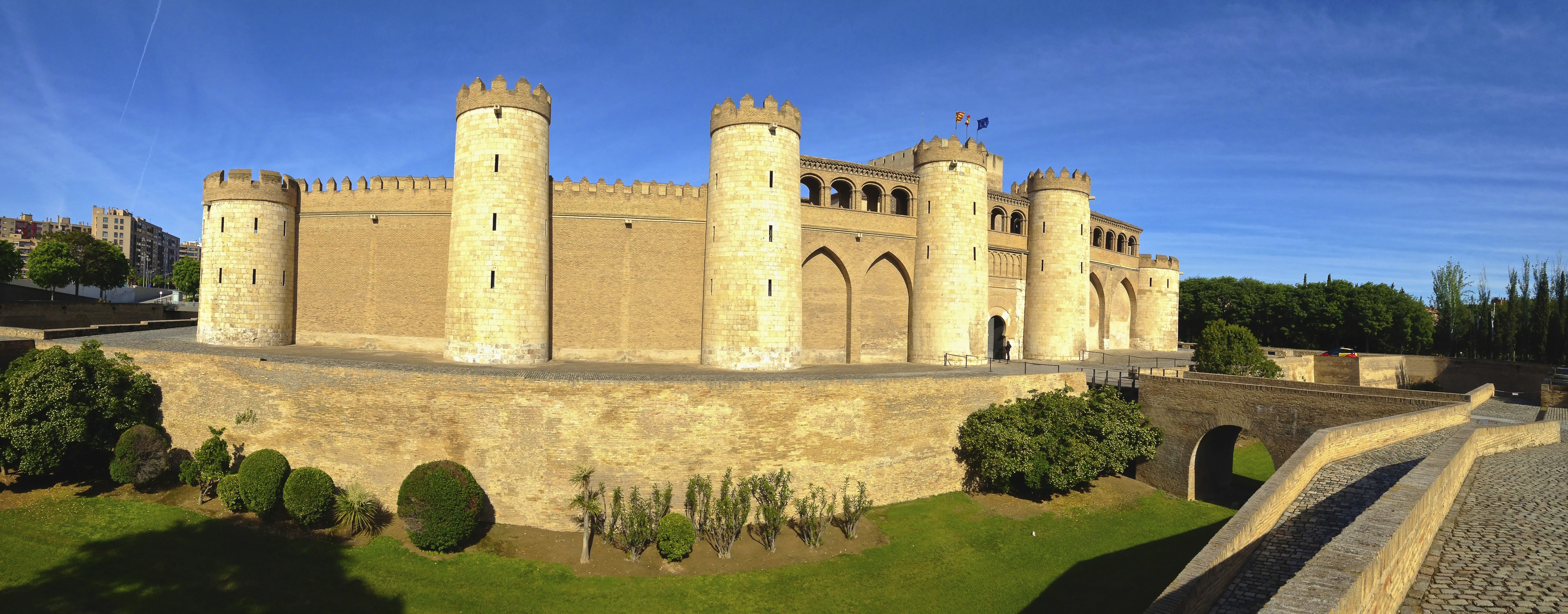

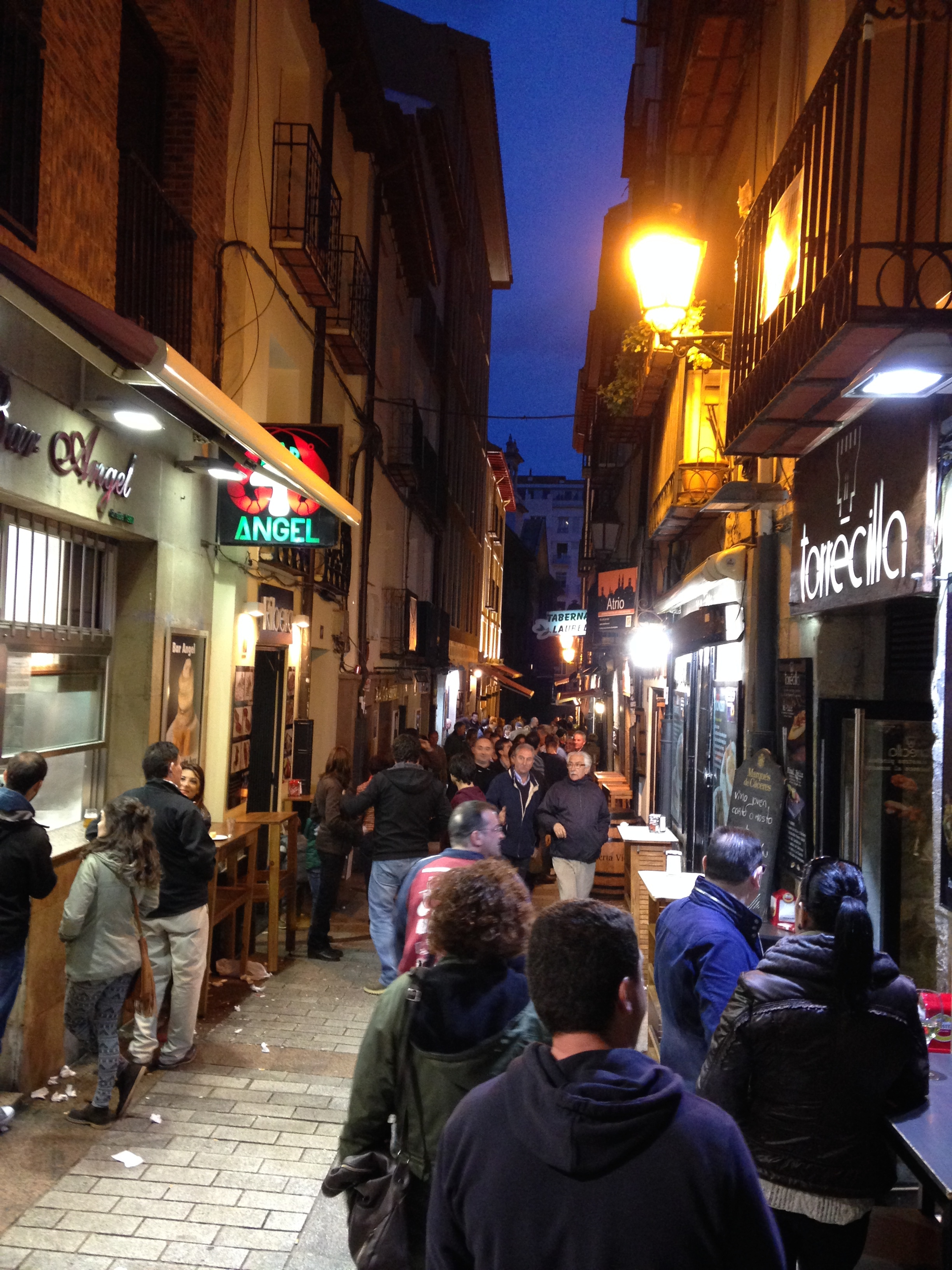


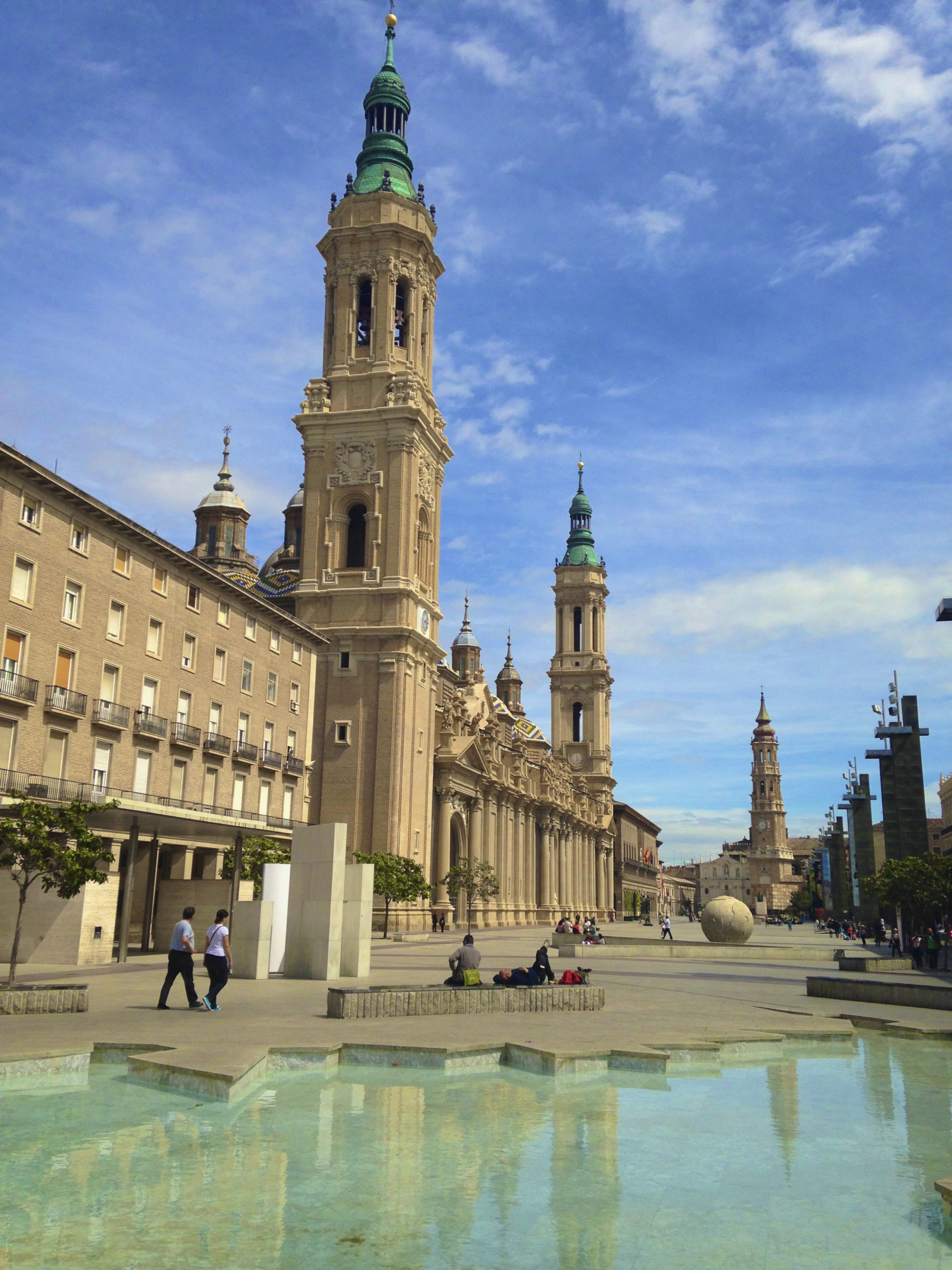
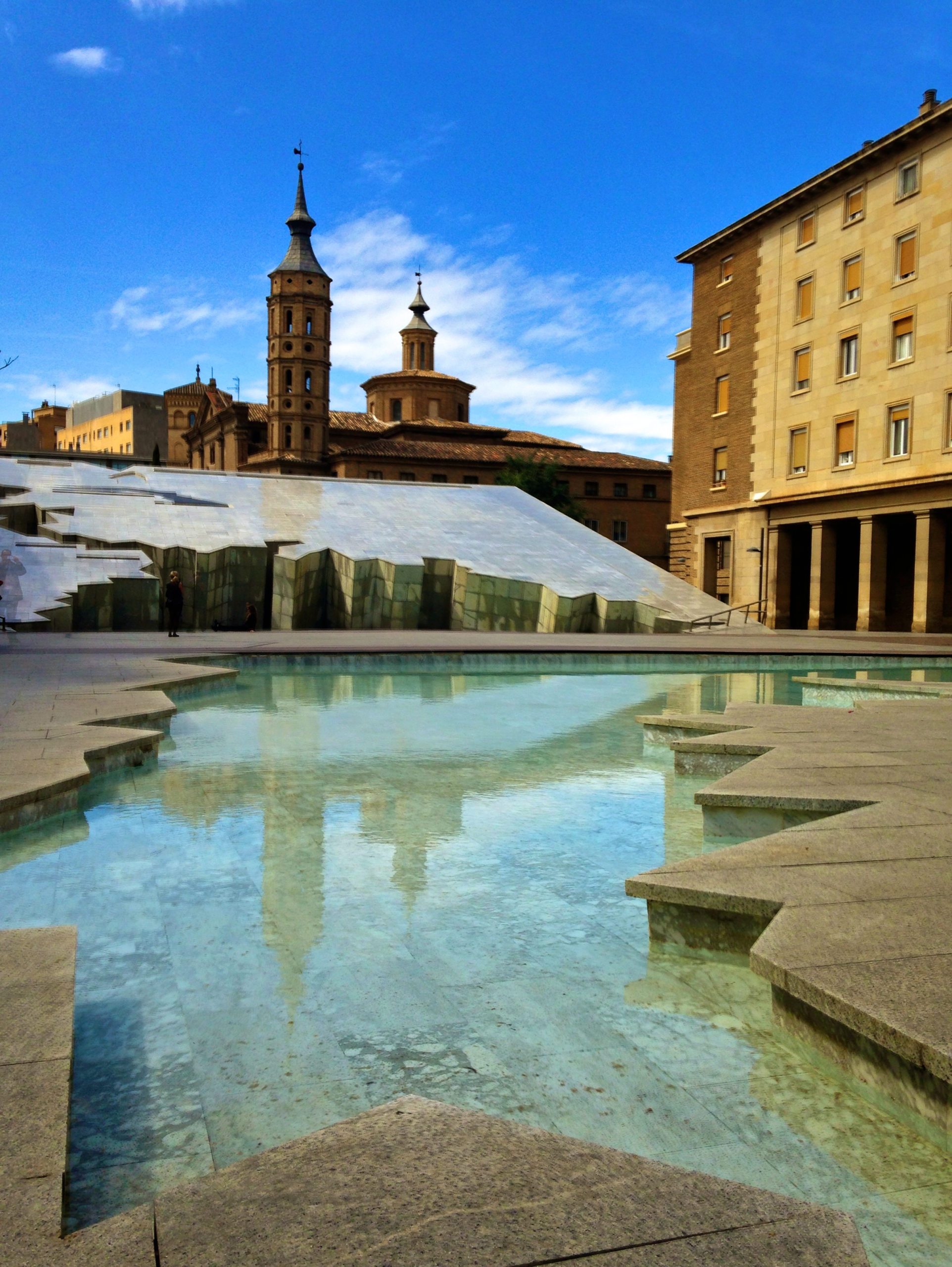
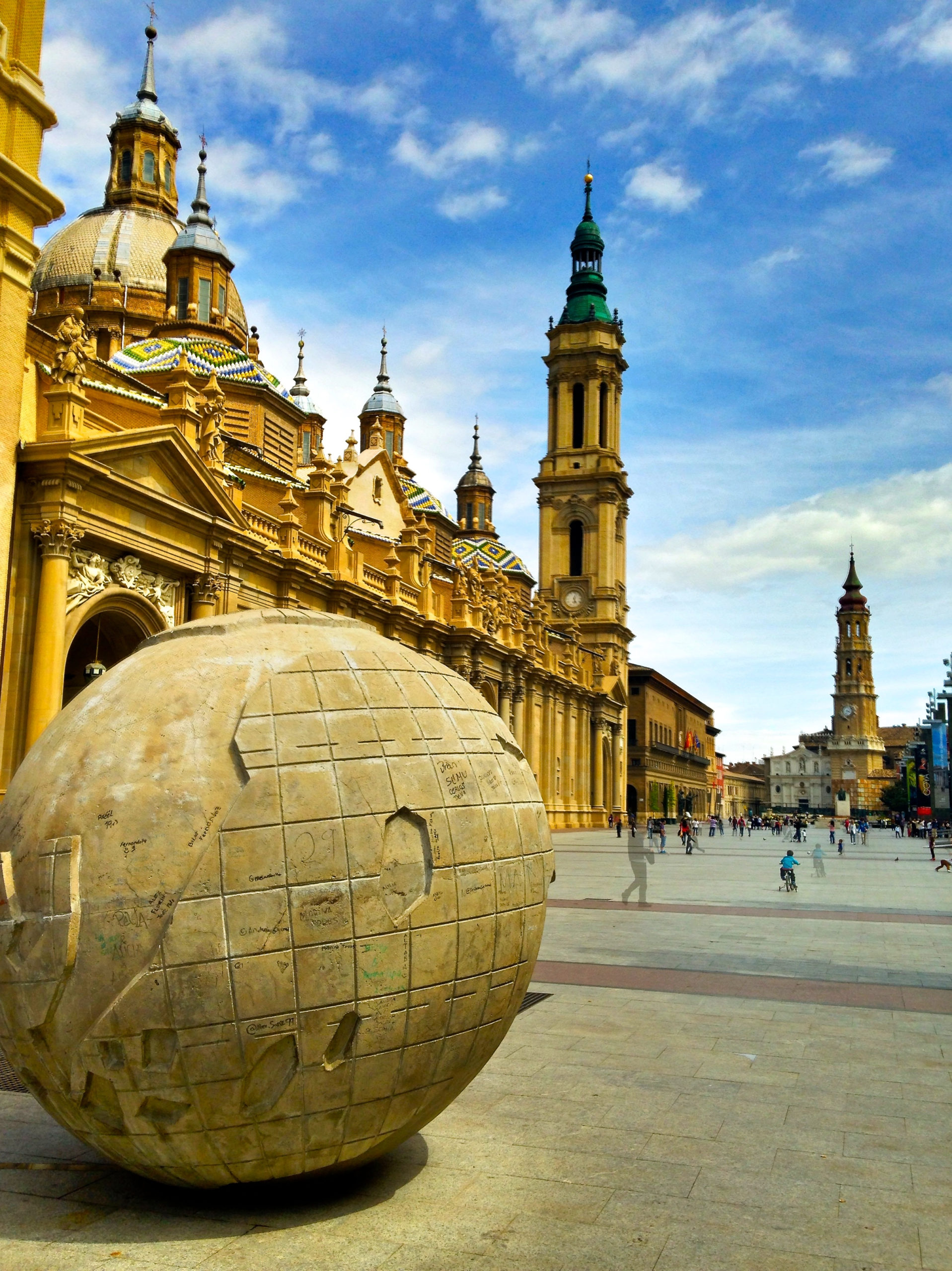
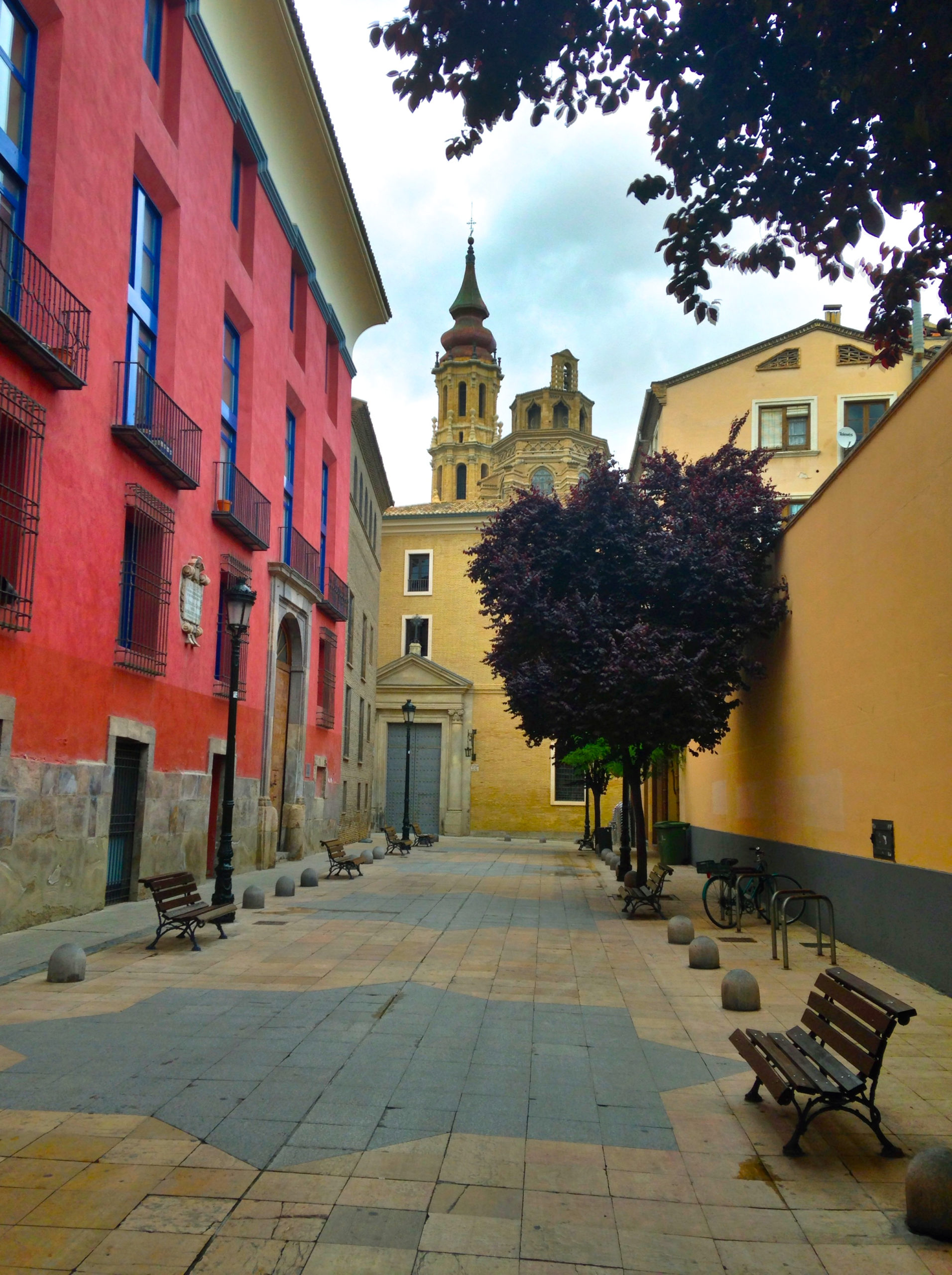
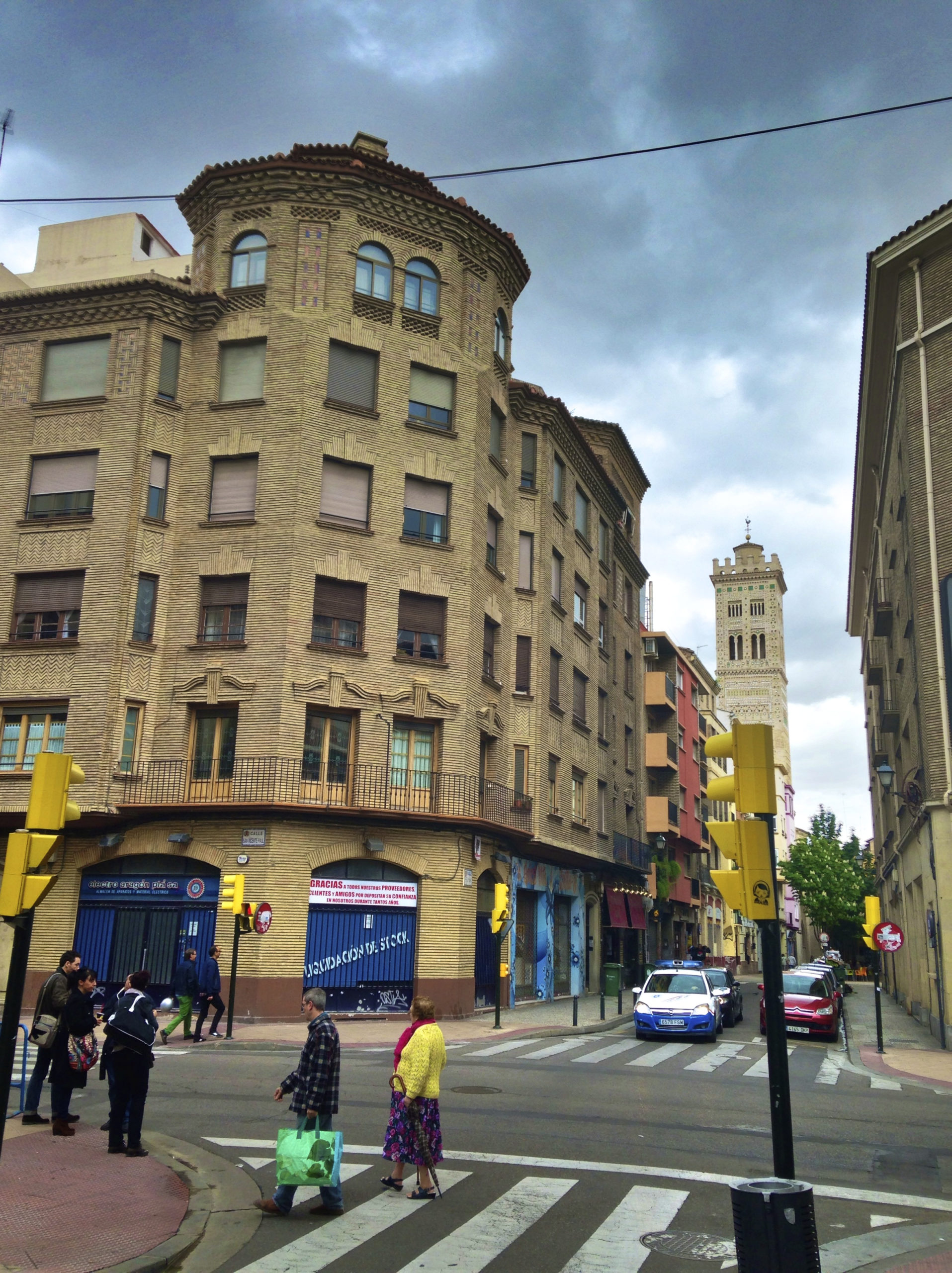

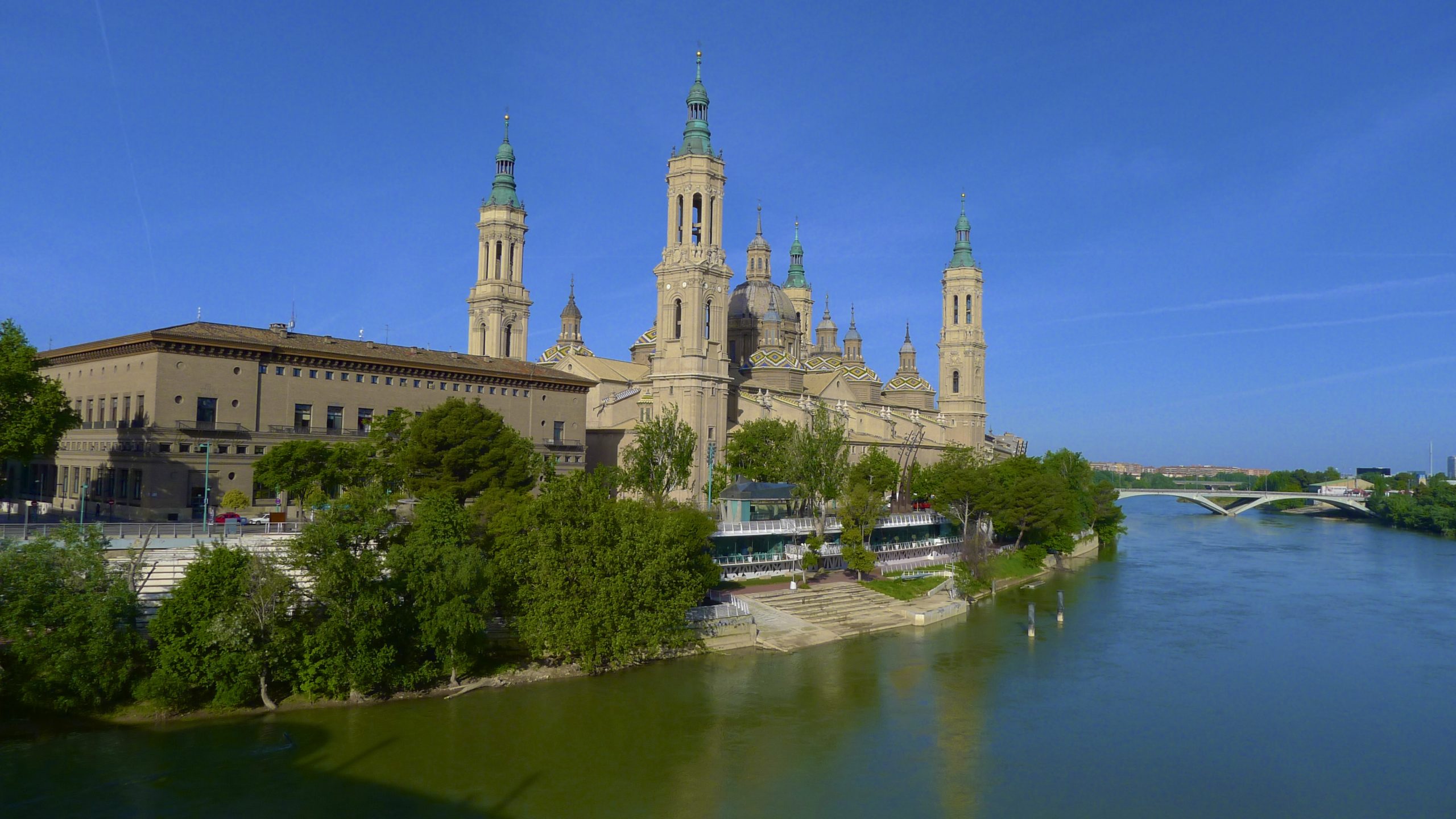
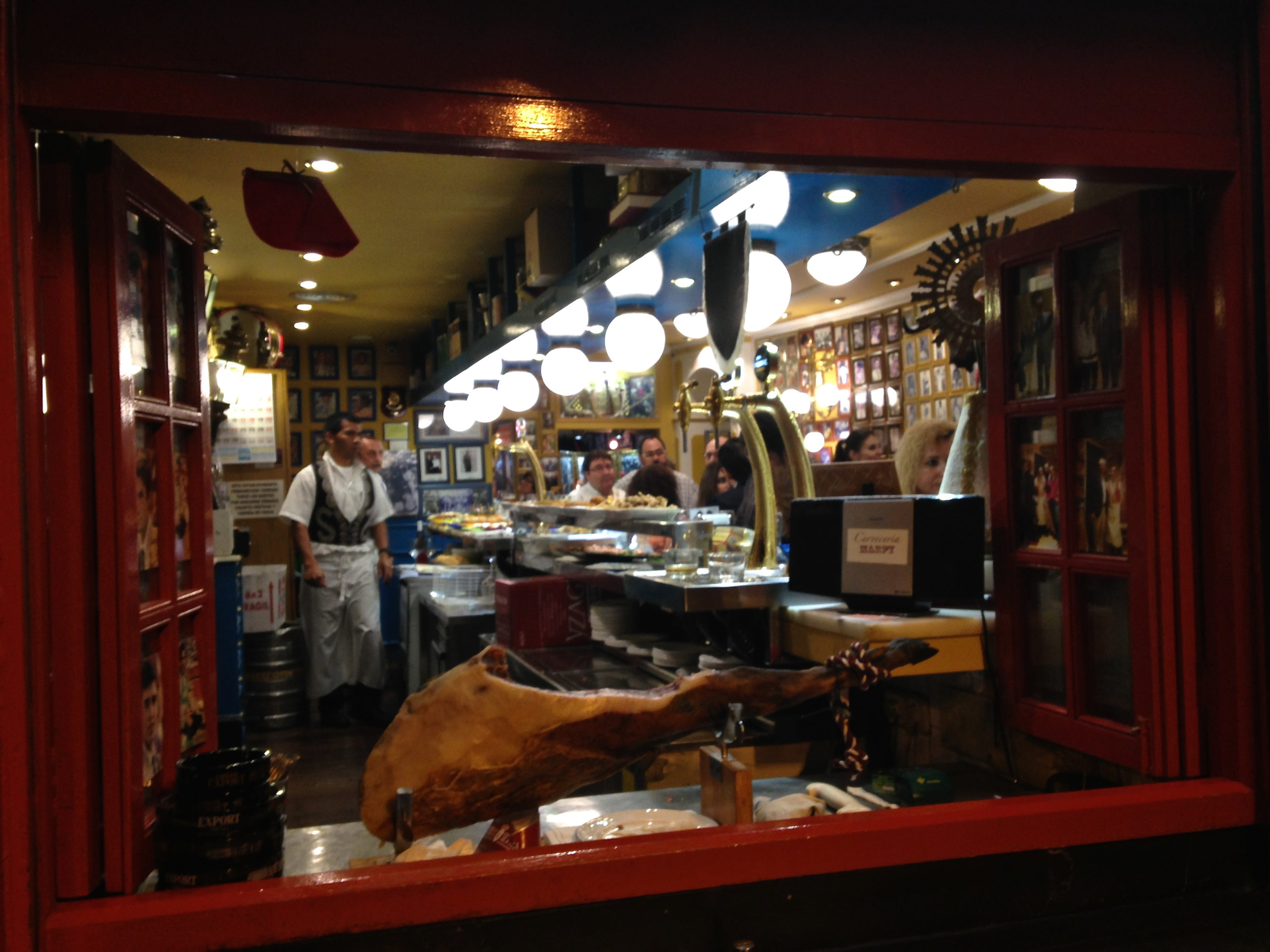
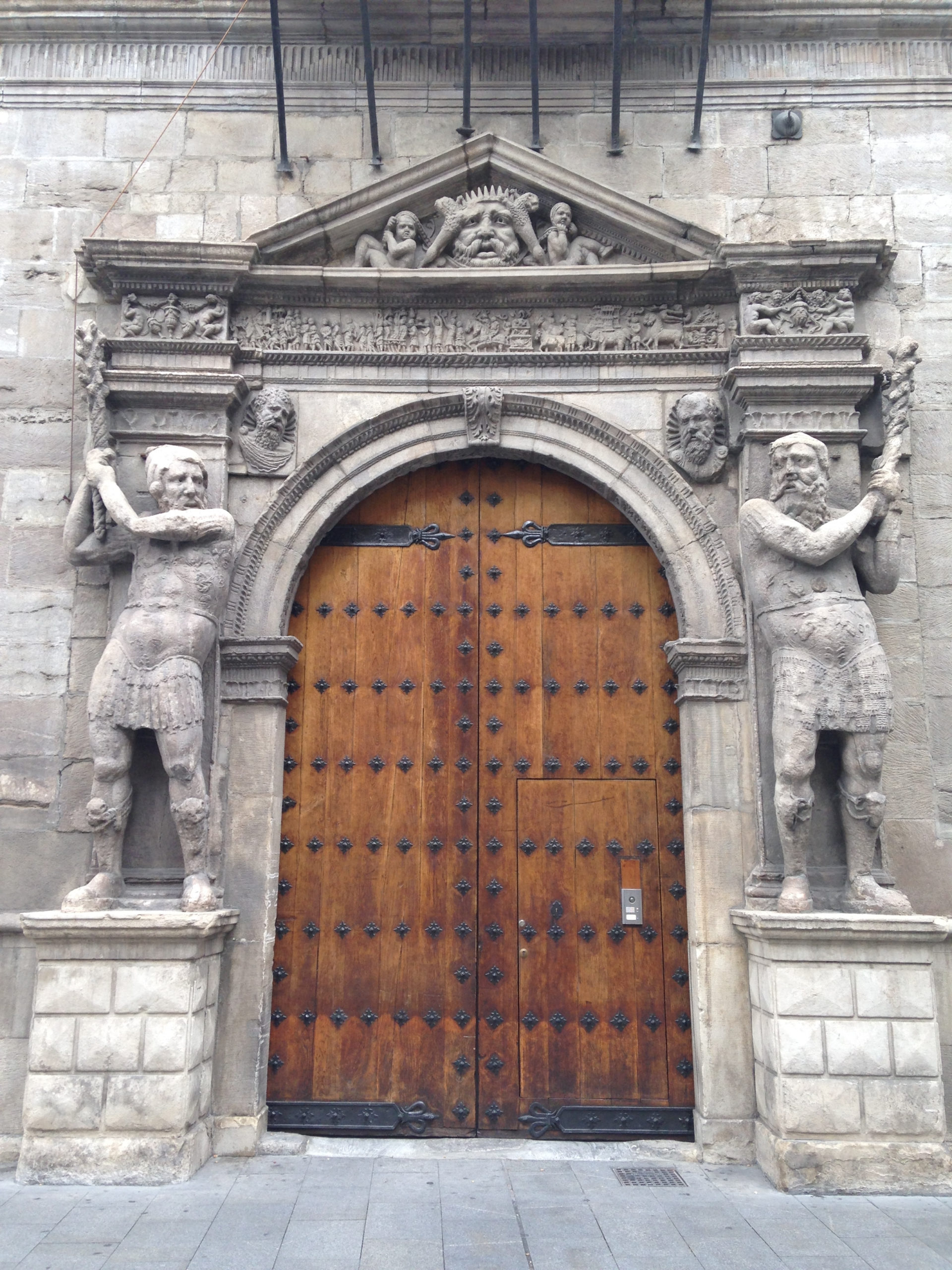

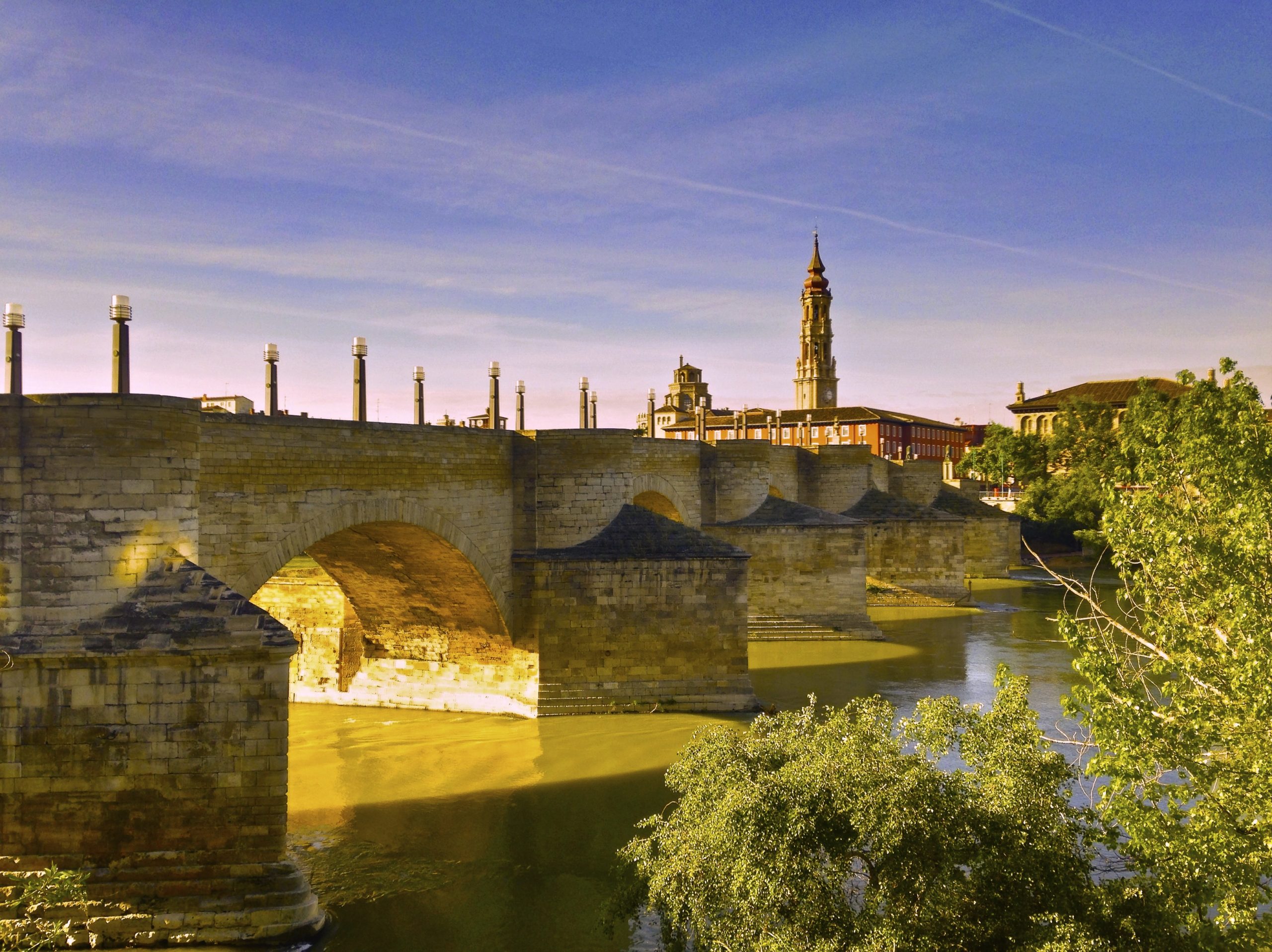
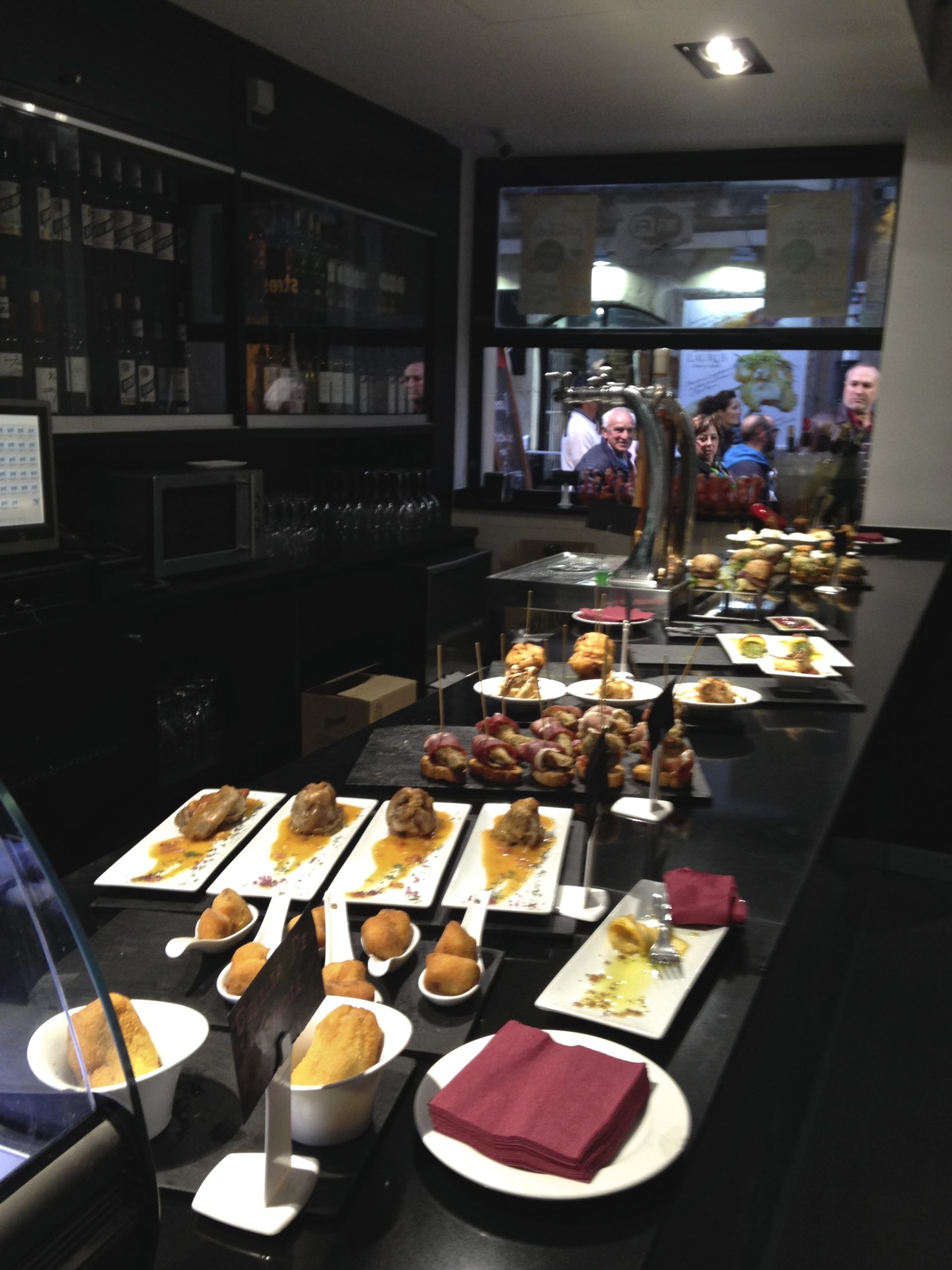

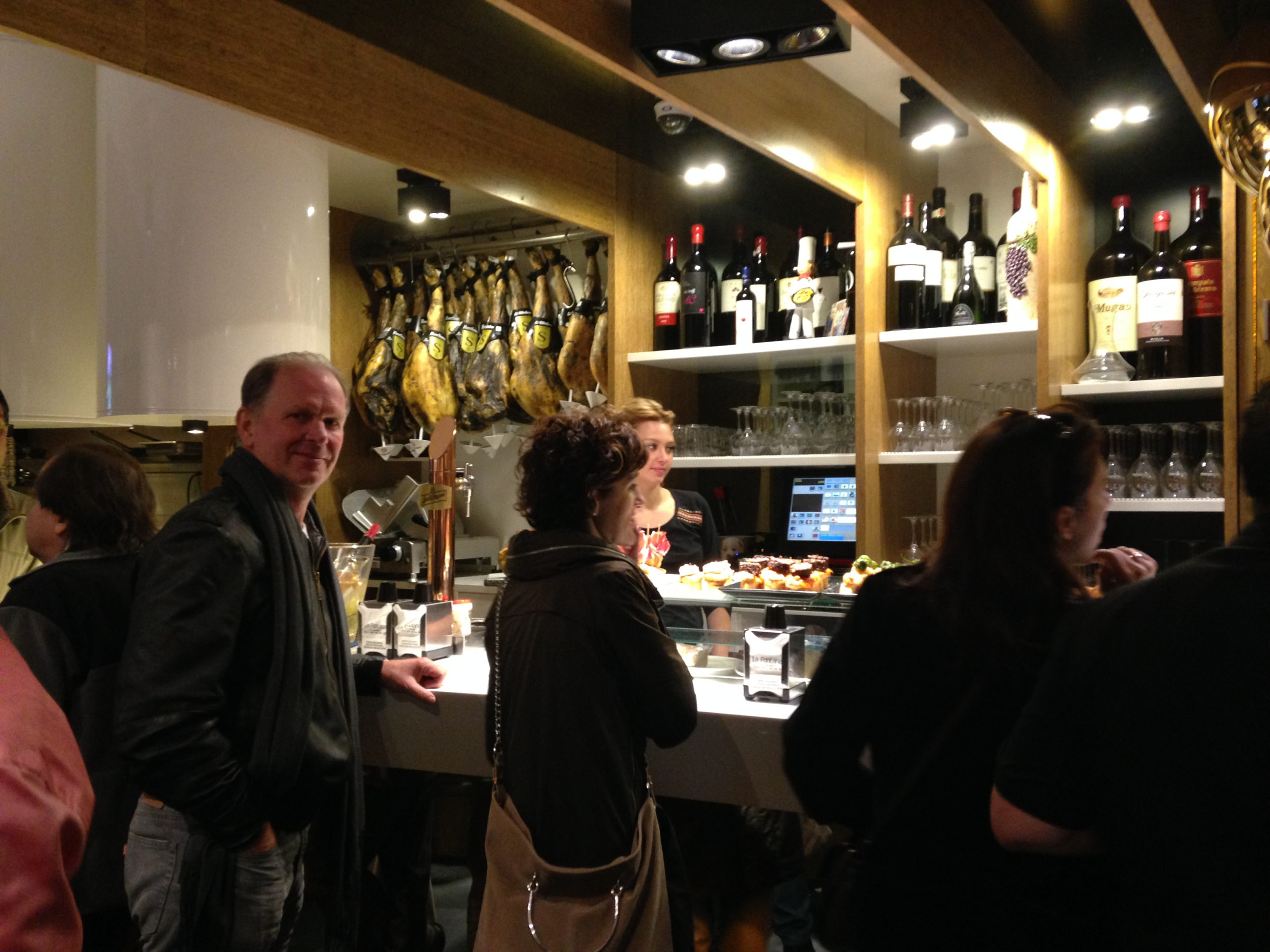


4 Replies to “In search of great rioja wines in Spain”